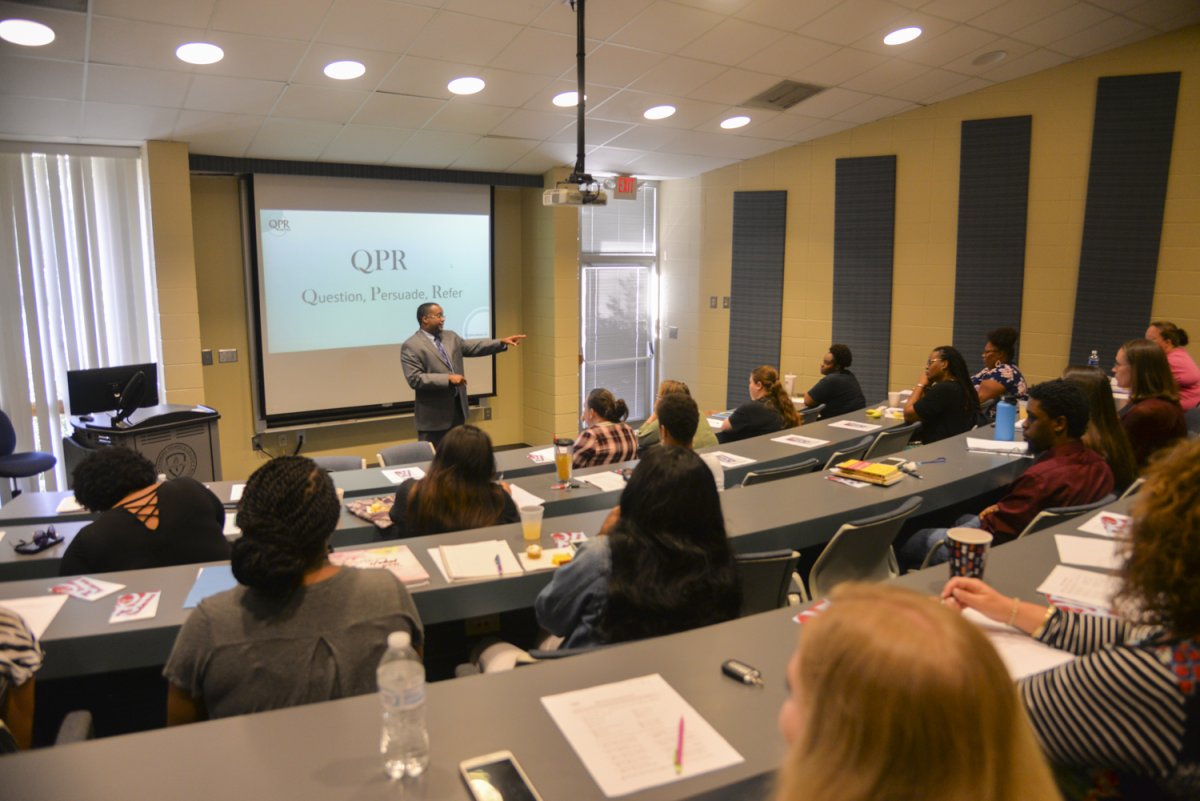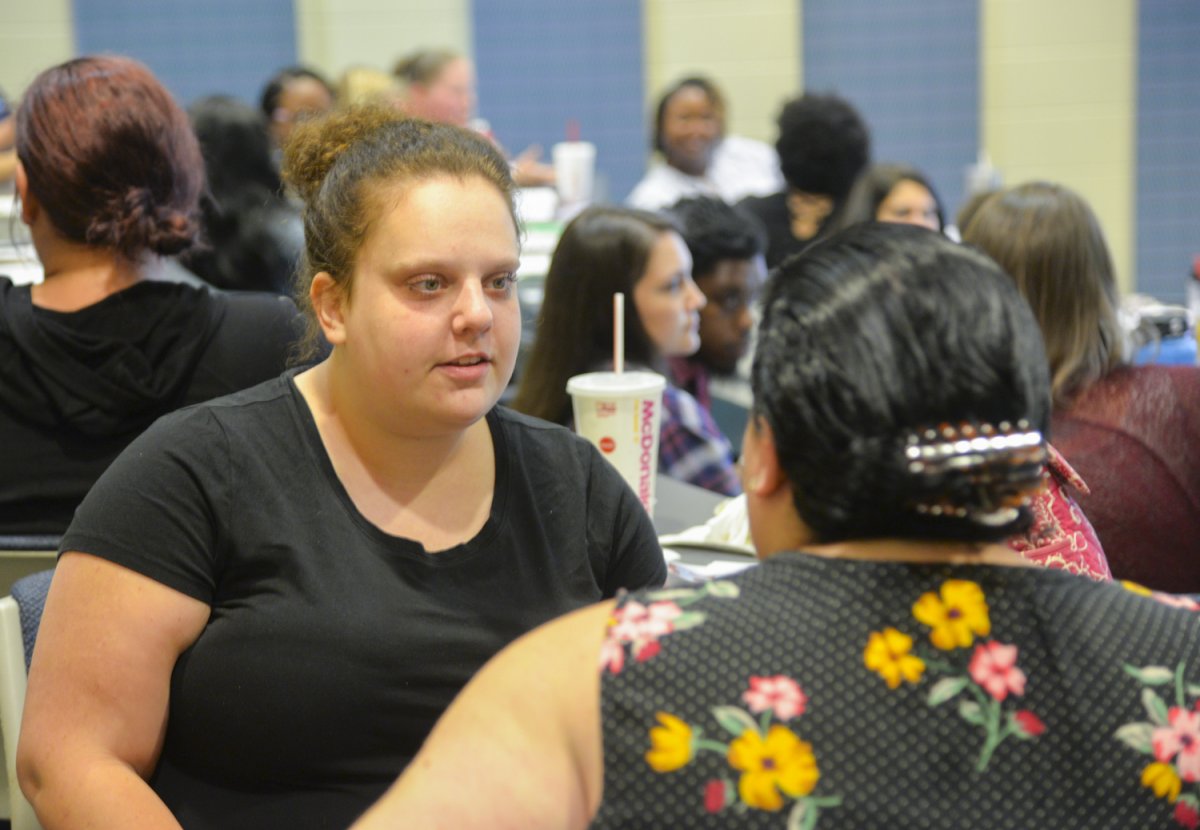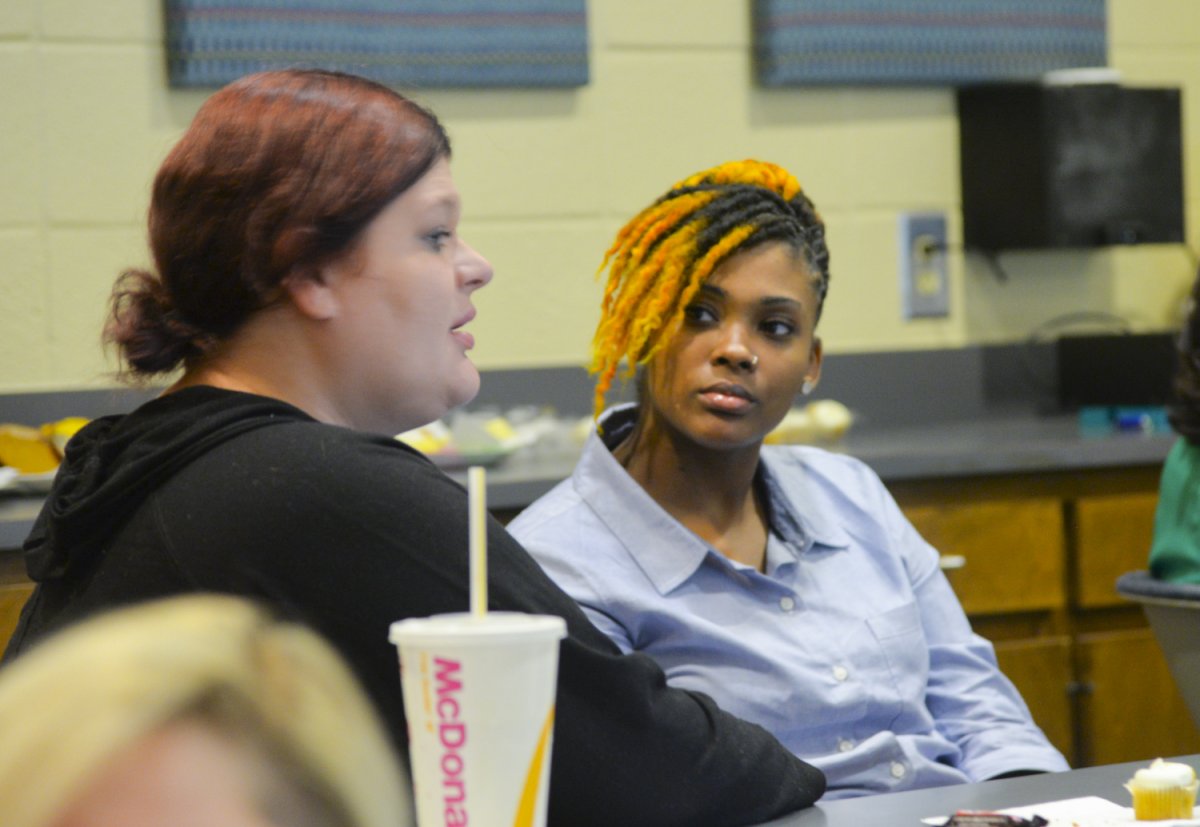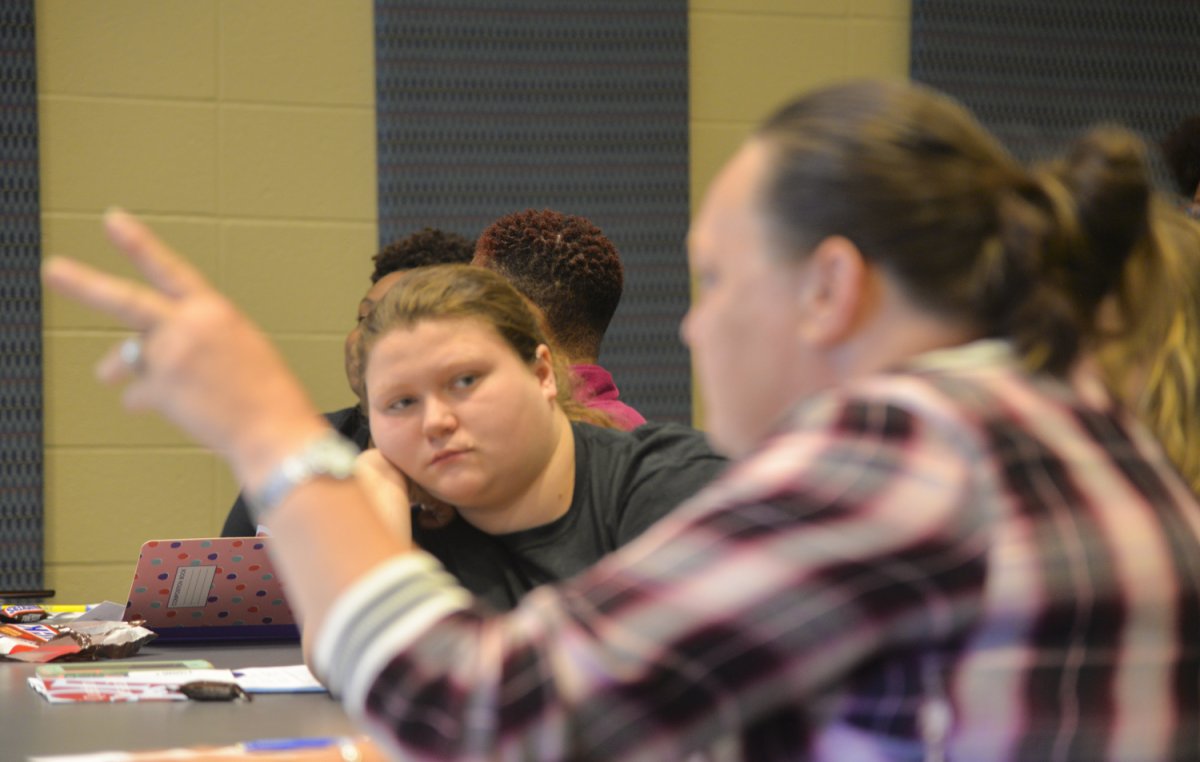Human Services Students Learn Suicide Prevention Strategies
It became astonishingly clear as the question-and-answer session commenced that nearly everyone in the room had been affected by suicide at some point in their life. Some shared their personal stories. A few shed tears.
To learn strategies for dealing with a suicidal person in crisis, Piedmont Technical College (PTC) Human Services students in Greenwood recently participated in a special training ― titled the QPR Institute ― with Tony Johnson, regional executive director of Mental Health America.
 Suicide is preventable. It’s critical to pay attention to signs.
Suicide is preventable. It’s critical to pay attention to signs.
“Most suicidal people talk about it rather than keep it to themselves,” Johnson said. “If they do, pay attention. Take all signs seriously and take action.”
Signs may be verbal, behavioral or situational. Examples of verbal cues include expressions such as “I wish I were dead” and “my family would be better off without me.” Behavioral red flags include such moves as putting affairs in order, giving away possessions, abusing drugs or alcohol and unexplained anger or agitation. Situational triggers could be the loss of a job, a relationship breakup, the diagnosis of a grim or terminal illness, loss of financial security and severe stress.
 These scenarios signal the need to take action quickly and engage with the potentially suicidal person in three ways. The “QPR” in QPR Institute stands for three tactics: Question. Persuade. Refer.
These scenarios signal the need to take action quickly and engage with the potentially suicidal person in three ways. The “QPR” in QPR Institute stands for three tactics: Question. Persuade. Refer.
The first action is to question the person patiently and in a private setting. The questions can directly or indirectly inquire as to the person’s state of mind, and the questioner should be persistent about getting an answer. Remember that asking the question does not increase risk. Most people just need to know that someone cares. It also is helpful to have resources at the ready.
“How to approach and question is a personal decision and depends on your comfort level,” Johnson said. “Under no circumstances should you put yourself in danger, period.”
 Once the person confirms suicidal ideation, the next step is to offer hope in any form and persuade them to seek help. It is especially helpful if the intervener offers to make the appointment or accompany the person to a mental health professional.
Once the person confirms suicidal ideation, the next step is to offer hope in any form and persuade them to seek help. It is especially helpful if the intervener offers to make the appointment or accompany the person to a mental health professional.
If the person agrees to seek help, the next step is to refer them to an appropriate resource. If the intervener does not know of any resources, they can consult their own family physician, call a community crisis hotline or a professional mental health organization.
“The best referral is when you personally accompany the person to a mental health provider,” Johnson said.
Training participants performed a series of role play exercises to practice their QPR skills. Mental Health America recently selected five students from the program to become QPR trainers.
 Kristi Byrd, instructor and interim director of the Human Services Program at PTC, reminded her students that suicide prevention is an essential intervention that falls within the spectrum of their professional responsibilities.
Kristi Byrd, instructor and interim director of the Human Services Program at PTC, reminded her students that suicide prevention is an essential intervention that falls within the spectrum of their professional responsibilities.
“No matter where you are working, this should be part of what you do,” she said. “This is why we are here. It’s an ongoing process. Every situation is different. Everybody is different. It’s important that we educate ourselves.”
To learn more about PTC’s Human Services Program, visit www.ptc.edu/hus.
PHOTO CUTLINES
- Tony Johnson of Mental Health America conducts QPR training for PTC Human Services students.
- Students in the training participate in role-play exercises.